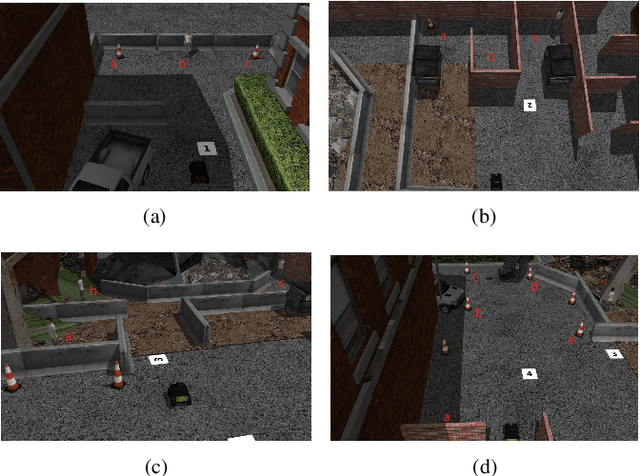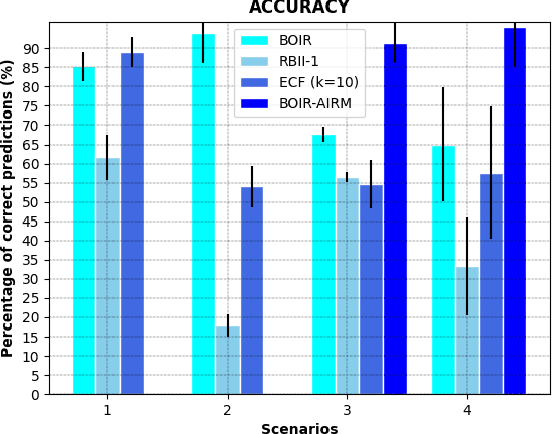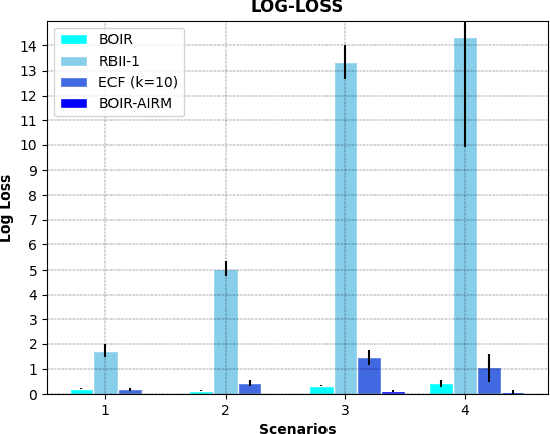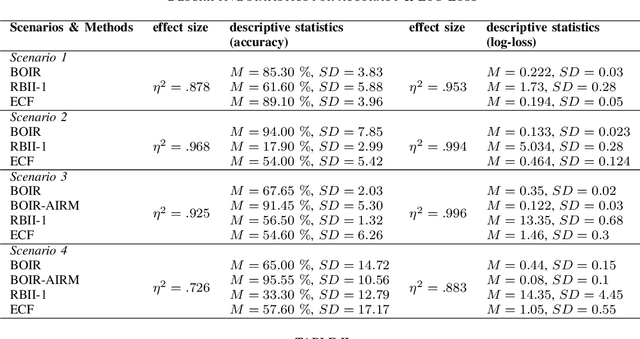A Bayesian-Based Approach to Human Operator Intent Recognition in Remote Mobile Robot Navigation
Paper and Code
Sep 24, 2021



This paper addresses the problem of human operator intent recognition during teleoperated robot navigation. In this context, recognition of the operator's intended navigational goal, could enable an artificial intelligence (AI) agent to assist the operator in an advanced human-robot interaction framework. We propose a Bayesian Operator Intent Recognition (BOIR) probabilistic method that utilizes: (i) an observation model that fuses information as a weighting combination of multiple observation sources providing geometric information; (ii) a transition model that indicates the evolution of the state; and (iii) an action model, the Active Intent Recognition Model (AIRM), that enables the operator to communicate their explicit intent asynchronously. The proposed method is evaluated in an experiment where operators controlling a remote mobile robot are tasked with navigation and exploration under various scenarios with different map and obstacle layouts. Results demonstrate that BOIR outperforms two related methods from literature in terms of accuracy and uncertainty of the intent recognition.
 Add to Chrome
Add to Chrome Add to Firefox
Add to Firefox Add to Edge
Add to Edge